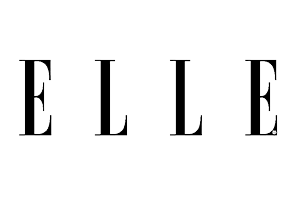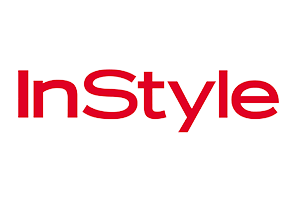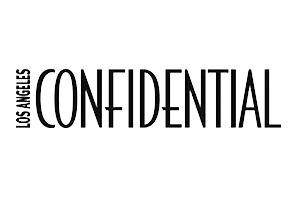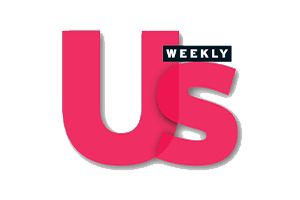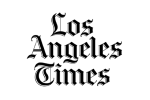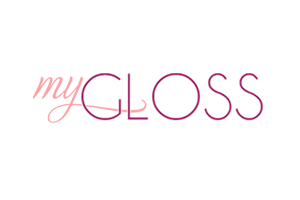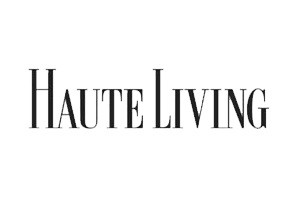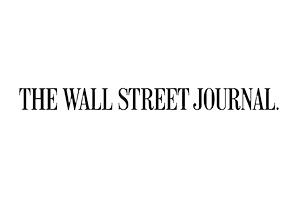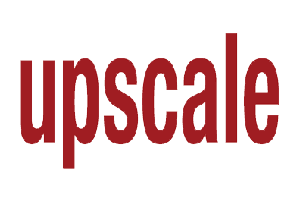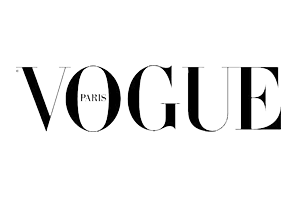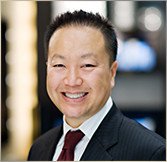Asian Eyelid Surgery | Beverly Hills Plastic Surgery, Inc.
November 22nd, 2016 | Posted in: Eyelid Surgery |
Asian Blepharoplasty
About half of all Asians lack the natural upper eyelid creases that are common among Caucasian and other ethnic groups. This fold in the upper eyelid is commonly called a double eyelid, which helps the eyes look larger. For Asians who don’t have this trait, Asian eyelid surgery can create natural-looking upper eyelid creases that complement the face and can draw more attention to the eyes.
What is Asian Eyelid Surgery?
Similar to a blepharoplasty, an Asian blepharoplasty, or double eyelid surgery, works to create a natural-looking, permanent crease in the upper eyelid. This procedure is commonly known as Asian eyelid surgery, as roughly 50 percent of Asians are born with eyelids that don’t have a natural crease. Double eyelid surgery is often combined with epicanthoplasty, which reshapes the fold of skin on the inside corner of the eyes.
Some patients seeking Asian eyelid surgery are looking to get rid of “closed” and “puffy” eyelids, or they feel as if they have a tired appearance that doesn’t reflect the way they truly feel.
The History of Asian Blepharoplasty
The earliest reference to upper lid fold creation appears in Japanese literature in the late 1800s about a case involving a surgeon who creates a fold in the second eye of a patient born with a fold in only one eye.
It wasn’t until 1993 that the procedure first appeared in English literature when Sayoc and Millard first described the procedure. In addition to securing the aponeurosis to the skin, Millard, a plastic surgeon, described relying on the orbital lipectomy to create the fold.
The technique of suturing pretarsal skin to the levator aponeurosis expansion was developed by Leabert Fernandez. This technique remains the hallmark of the modern double eyelid surgery and remains the most common technique of incisional double eyelid surgery. The plastic surgeon, Robert Flowers, anchor blepharoplasty expanded the artistic possibilities of the Fernandez procedure by emphasizing the creation of a crisp line and smooth pretarsal skin by securing the fold to the tarsal plate in addition to the levator aponeurosis.
The Procedure
There are two types of Asian eyelid surgery: an incisional approach or with permanent sutures.
Incisional Approach
• An incision will be made on each upper eyelid, taking care to minimize the potential of visible scarring
• Through surgical incisions, your doctor will remove some skin and potentially some muscle and fat to create a natural-looking crease in each upper eyelid
• Once complete, you will have natural-looking eyelid creases that you can have adjusted at any time
Permanent Suture Approach
• Sutures will be buried deep into the skin of each eyelid, pinching the underside of the eyelids to the deeper soft tissue of the eyelids
• The sutures will create eyelid creases with virtually no scarring
• After surgery, you will have natural-looking eyelid creases that you can have adjusted at any time
Asian eyelid surgery usually takes no longer than an hour, and you will be able to return home the same day. Recovery from Asian eyelid surgery differs according to the technique used for your procedure. For the permanent suture approach, recovery takes only a few days and includes minimal swelling. For the incisional approach, recovery may last up to a few weeks. This swelling should significantly diminish after one week, however, and any scarring should be all but invisible one year later.
Benefits of Asian Eyelid Surgery
Benefits include:
• Larger, more open appearing eyes
• More exposed eyelashes
• Reduced puffiness
• Creation of natural looking, permanent upper eyelid crease
Are You a Good Candidate?
If you were born with eyelids that don’t have a crease, or your creases are asymmetrical, and you are bothered by the appearance of closed, puffy upper eyelids, you may be a good candidate for double eyelid surgery. This surgery is also ideal for both young people who desire a crease, and older people who want the additional benefit of improving issues related to eyelid puffiness and sagging.
You may be an ideal candidate for Asian eyelid surgery if you have any of the following features:
• Single eyelid (no upper eyelid fold)
• Asymmetrical upper eyelid folds
• Single or asymmetrical eyelid and puffy upper eyelids characterized by excess eyelid skin
Consult with Dr. Chiu
If you are looking for the best plastic surgeon in Beverly Hills to perform your Asian eyelid surgery, then you should book a consultation with Dr. Chiu. With years of experience in his field, he has the knowledge and knowhow to help ensure you get the best results for the procedure you’re considering.









